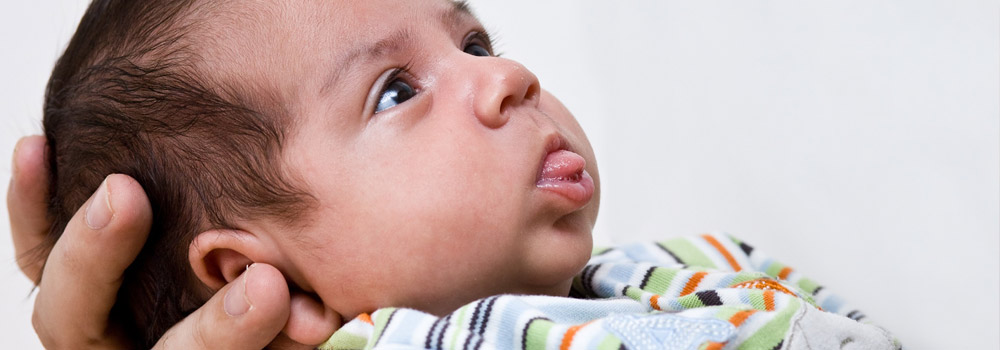Flat head syndrome can occur in the womb or can be caused by a baby sleeping, resting and playing in one position.
Many babies develop a flattened head when they are a few months old, usually from sleeping on their back. FHS happens when the back or one side of the baby's head is squashed against a firm mattress for a long time, which eventually forces the soft bone of the skull to flatten.
It often corrects itself over time and is usually nothing to worry about.
The solution is not to change your baby's sleeping position from lying on their back at night. It is important for babies to sleep on their back as this reduces the risk of sudden infant death syndrome (SIDS). Put your baby to sleep on his back and let him play on his tummy.
No treatment is normally needed. Your baby's skull should naturally correct itself over time. You can take some simple measures to take pressure off the flattened part of their head and encourage them to try different positions (see Health Visitor’s tips).

